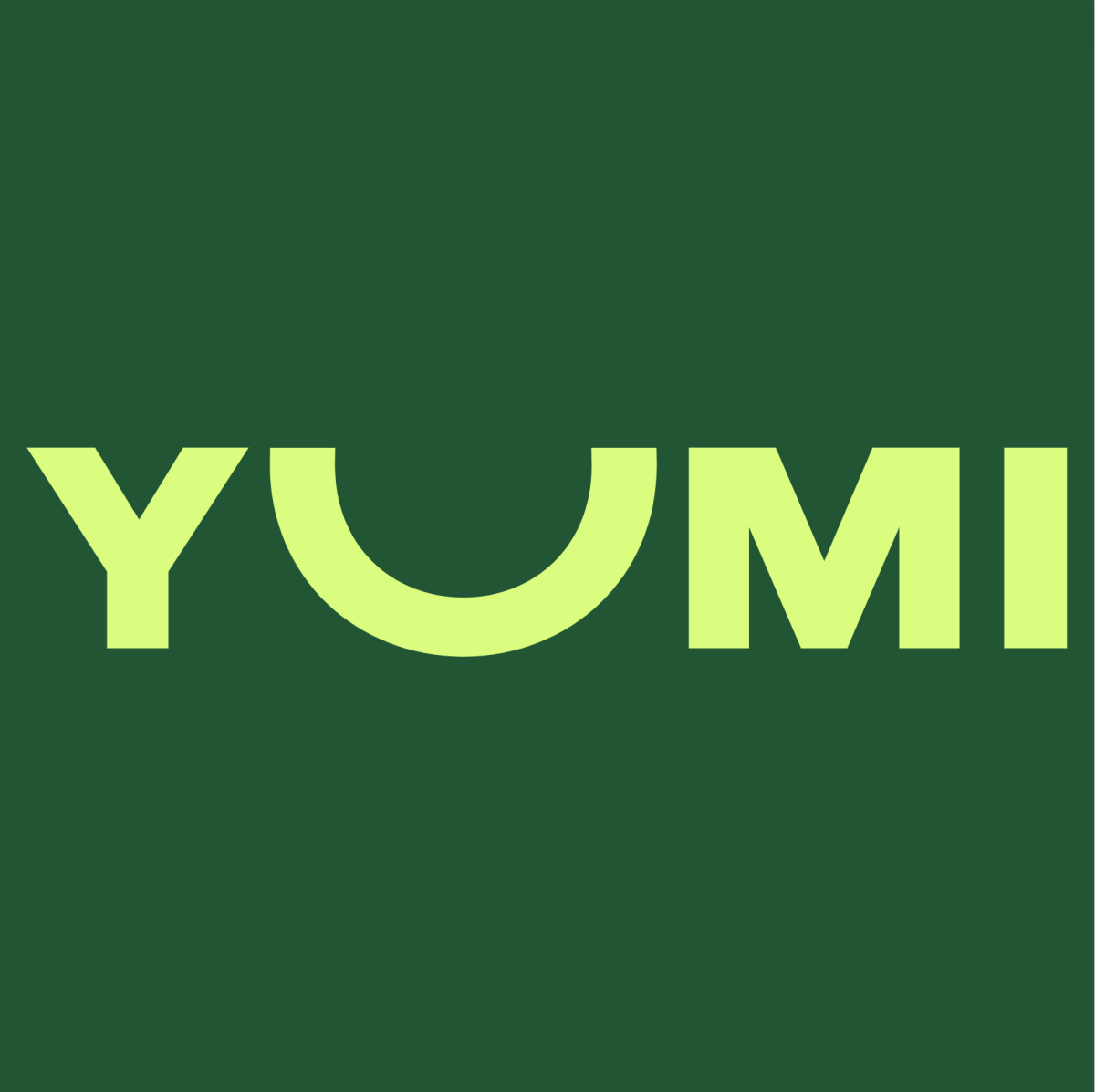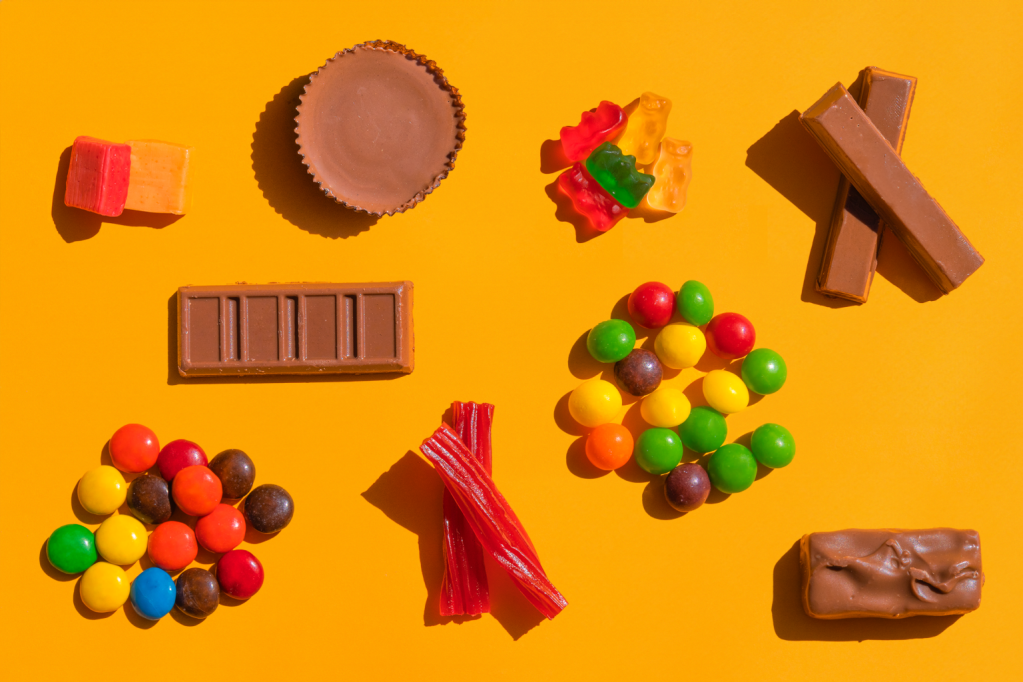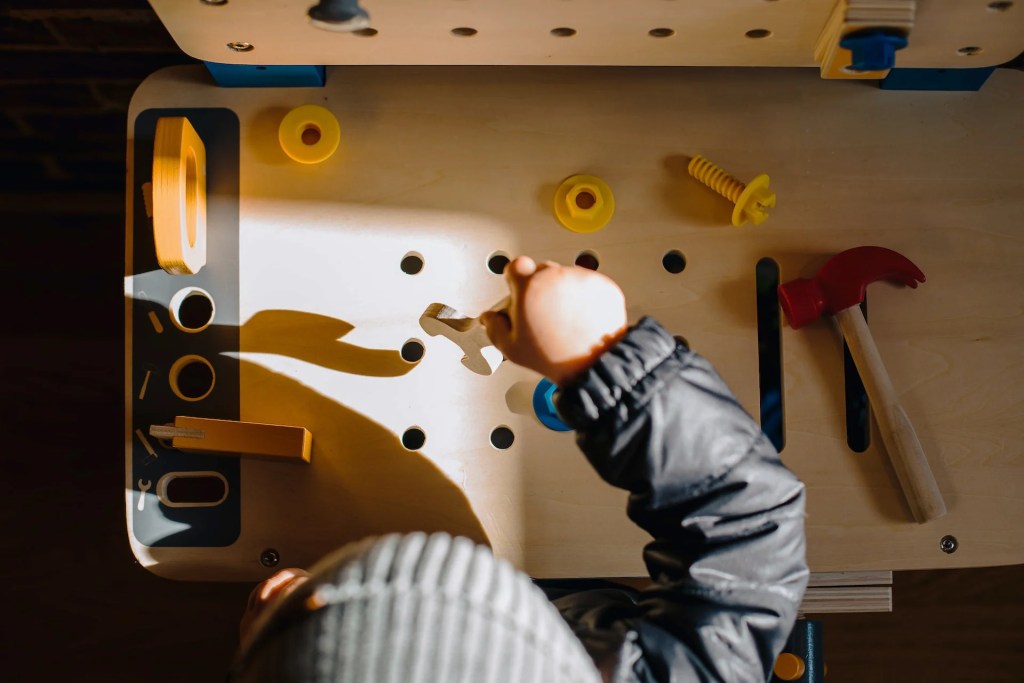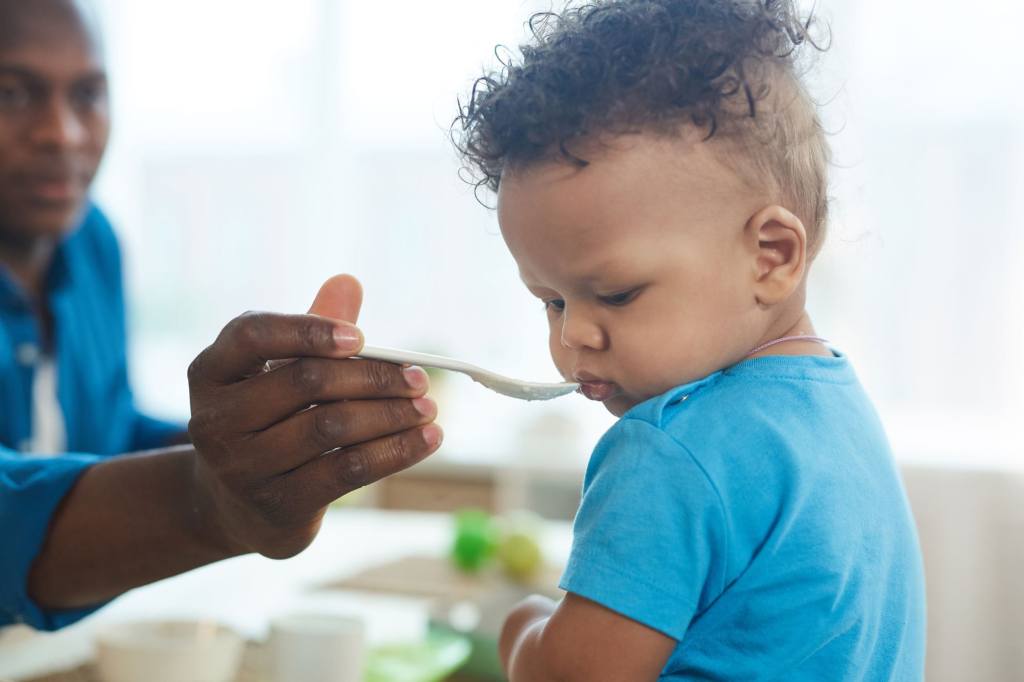Best Ways to Prepare Baby Food
Whether you’re making baby food at home, buying it from the grocery store, or signing up for an online delivery subscription, preparation matters. Knowing how to make your baby’s food in a way that retains nutrients, freshness, and safety is vital to taking care of your little one, as is knowing which foods to avoid!
Some companies use preparation techniques that can dull nutrients and add harmful substances to your baby’s food.
Even if you make homemade baby food, you’ll find different ways to prepare baby food. Some of these ways compromise on nutritional value and freshness, so we’ve put together a guide to break down the best ways to prepare baby food.

Why Preparation Matters
Before we dive into how to prepare baby food, let’s talk about why preparation even matters. If you’re buying healthy foods and avoiding added sugars and artificial ingredients, isn’t that enough?
There’s a lot more that goes into finding safe and nutritious baby food than just looking for “healthy” ingredients and avoiding some unhealthy ones. Preparation is the process food undergoes before it’s eaten.
This can include cooking, cleaning, boiling, steaming, pureeing, and more. If food preparation isn’t performed correctly, food can lose nutritional value.
While your babe is breastfeeding, breast milk provides all the nutrients they need. Moms are designed to perfectly match the nutrient needs of their babe’s need during the first six months of life. However, when your baby begins eating solid foods, they begin relying on solid foods for nutrients.
If your babe is eating foods that are prepared in ways that dull the content and quality of nutrients, they may be deprived of what they need to grow and thrive.

Preparing Baby Food at Home
How you prepare food matters, so let’s talk about some of the best ways you can prepare food at home, plus some extra food safety tips when handling baby food.
Choose Organic Ingredients
When it comes to making homemade baby food, the first step is choosing which ingredients to buy. Maybe you want to make a spinach puree. Maybe you want to make a 3-ingredient bean soup. Having trouble finding a recipe? No worries! Check out our blog to find recipes your little ones will love.
Whatever your recipe is, it’s important to choose the right kind of produce to make it.
When you’re looking at different kinds of produce, you may run into labels that say “all-natural”, “100% natural”, “locally grown”, and “organic. The best label to choose is organic.
There are many benefits to buying organic produce over non-organic produce. Organic produce is free of preservatives, doesn’t use artificial flavors or colors, never uses synthetic fertilizers, pesticides, insecticides, or herbicides, and is non-GMO and antibiotic free.
Organic produce is heavily regulated by the USDA while natural produce or locally grown foods don’t actually have a third-party overseeing them. So, while organic produce is guaranteed to be free of harmful chemicals, toxins, artificial ingredients, additives, and GMOs, natural foods only follow these as a guideline.
You can be sure to find organic produce simply by reading the label. Make sure you see a USDA-certified organic label! This ensures that the produce is regularly tested by USDA certified organic testers. It also ensures that the food is held to a higher standard than natural or non-organic foods.
Steps for Preparing
After you find organic produce to use, it’s time to get prepared! Here are some of the best steps to follow when preparing baby food.
Step 1: It’s important to wash all produce you buy from the store or grow in a garden. This ensures it is clean from being handled by other people and helps you rinse off any residue from the farm or garden! While rare, fruit and vegetables are more likely to house bacteria such as Clostridium botulinum pores.
These germs can cause food poisoning. By washing your produce, you can be sure to get rid of these bacteria and protect your little one!
Step 2: It’s also important to remove any seeds or pits of your fruits and veggies if you’re making purees for babies under nine months. When your babe first begins solid foods, they won’t be ready for much texture. They can’t chew or break down larger pieces of food yet, so it’s a good idea to remove seeds, skins, fibers, and pits before blending them.
Seeds, skins, and fibers do have nutritional content. So, if you’d rather leave these in baby food, simply be sure to completely puree them until they’re smooth. You can double check by running food through a sieve. Once your baby is nine months or older, they can eat more textured baby foods with skins, fibers, and mashed parts.
Step 3: After cleaning produce and removing seeds, it’s time to cook the food. You can blend up raw veggies and fruits like bananas and avocados, but cooking harder foods helps soften them and makes them easier to puree or mash.
The best ways to cook produce that retain nutritional value is to steam fruits and veggies or microwave them. Be sure to only use water when steaming, and never add other ingredients like salt or juice.
Step 4: Using high heat isn’t necessary when cooking baby food. Extreme heat can cause food to lose nutrients. While steaming or cooking foods, use lower heats to retain nutrients. While it’s important to avoid high heats, you can use cold temperatures! In fact, freezing baby food is an easy way to keep it fresh while preserving nutritional content and extending shelf life.
You can freeze baby food for up to 2 months. Whatever food you don’t refrigerate should be served right away.

Tips for Food Safety and Feeding Your Baby
Here are some of our favorite safety tips to follow while you’re preparing baby food:
- When you puree fruits and veggies, never add fruit juice. This adds unnecessary sugar to your baby’s food and can be harmful to their health. Instead, use a little bit of water or breastmilk, or use the natural juice present in the fruit or vegetable.
- Check out this resource to learn more about why fruit juices can do more harm than good to your babe’s health.
- Store food correctly. Be sure to either freeze baby food or refrigerate it for the correct amount of time to avoid serving expired food.
- Wait until your baby is around eight or nine months and comfortable with textured foods to introduce chewy or mashed baby food.
- Always watch your little one while they eat, but don’t be afraid to let them take charge! You can even let them use their hands instead of giving them a spoon to use.
- Letting them take charge of mealtime can benefit their independence and motor skills. Learn more about this method known as baby-led weaning.
Yumi Baby Food
Making baby food from home isn’t always right for everyone. Many parents are full time workers in addition to being full time parents, so making baby food at home may not be ideal.
That’s why we made Yumi! We do the hard work so you can spend more time soaking in each moment with your little one. Yumi uses all organic ingredients and farms to make baby food with four times the nutritional content than squeeze pouches.
Pick a Plan
There are different baby food plans to choose from that cater to your little one’s nutritional needs and your need for baby food. If you only need a few extra meals per week, check out our plan that offers 8 meals a week. If you need more, we also offer 16 jars a week and 24 jars a week that supply all your little one’s baby food needs.
In addition, our Yumi Milestone Plan provides the vitamins and nutrients your little one needs at every step in their development. As your little one grows, their nutritional needs change. So, we made baby food that changes with them.
Learn more about the Yumi Milestone Plan here!
We Prepare it Fresh
Once you decide what meals you want for your baby, our in-house nutritionists prepare it. We only use fresh, organic ingredients, and we never use added sugars, preservatives, allergens, or harmful substances. We’re USDA-certified organic and use trusted farms to make the best food for your baby.
With over 60 unique flavors made by our chefs, your little one will get baby food packed with nutrients and flavor to develop their brains, bodies, and taste!
We Ship it to You
Lastly, we ship it to you! That’s right, no more running to the grocery store once a week to pick up ingredients or baby food. Yumi is a subscription service that shows up right to your doorstep. And—you guessed it—shipping is always free.
Summary
Preparing baby food at home comes with lots of benefits. You know exactly what’s in your baby’s food and are in control of what your baby eats. By following this guide, you can be sure to prepare food safely and in the best ways to retain nutrients and freshness!
Don’t have time to cook baby food? No problem. Explore our menu here!










